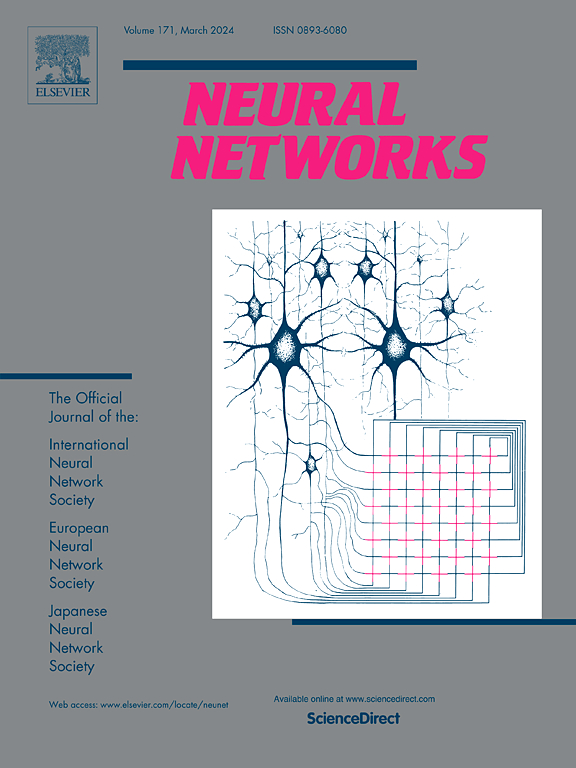BRSR-OpGAN:基于作战生成对抗网络的雷达信号盲恢复
IF 6
1区 计算机科学
Q1 COMPUTER SCIENCE, ARTIFICIAL INTELLIGENCE
引用次数: 0
摘要
文献中很多关于雷达信号恢复的研究都集中在孤立的恢复问题上,比如对某一类噪声进行去噪,而忽略了其他类型的伪像。此外,这些方法通常假设一个具有有限固定信噪比(SNR)水平的噪声环境。然而,现实世界的雷达信号通常会受到各种干扰的干扰,包括但不限于不必要的回波、传感器噪声、故意干扰和干扰,每种干扰的类型、严重程度和持续时间都各不相同。本研究介绍了使用运算生成对抗网络(BRSR-OpGAN)的盲雷达信号恢复,该网络在时间域和谱域使用双域损失。这种方法旨在提高雷达信号的质量,而不考虑干扰的多样性和强度。BRSR-OpGAN采用1D Operational gan,该gan使用专门针对损坏雷达信号的盲恢复优化的生成神经元模型。这种方法利用gan的灵活性来动态适应广泛的工件特征。所提出的方法已经使用一个完善的基线和一个新策划的扩展数据集(称为盲雷达信号恢复(BRSR)数据集)进行了广泛的评估。该数据集旨在模拟现实世界的条件,包括各种各样的工件,每个工件的严重程度都不同。评估显示,基线和BRSR数据集的平均信噪比分别提高了15.1 dB和14.3 dB。最后,即使在资源受限的平台上,所提出的方法也可以实时应用。该初步研究证明了对真实雷达信号进行时域盲雷达恢复的有效性,在各种信噪比值和伪信号类型中实现了卓越的性能。BRSR-OpGAN方法显示出对真实雷达信号的鲁棒性和计算效率,显著优于现有方法。本文章由计算机程序翻译,如有差异,请以英文原文为准。
BRSR-OpGAN: Blind radar signal restoration using operational generative adversarial network
Many studies on radar signal restoration in the literature focus on isolated restoration problems, such as denoising over a certain type of noise, while ignoring other types of artifacts. Additionally, these approaches usually assume a noisy environment with a limited set of fixed signal-to-noise ratio (SNR) levels. However, real-world radar signals are often corrupted by a blend of artifacts, including but not limited to unwanted echo, sensor noise, intentional jamming, and interference, each of which can vary in type, severity, and duration. This study introduces Blind Radar Signal Restoration using an Operational Generative Adversarial Network (BRSR-OpGAN), which uses a dual domain loss in the temporal and spectral domains. This approach is designed to improve the quality of radar signals, regardless of the diversity and intensity of the corruption. The BRSR-OpGAN utilizes 1D Operational GANs, which use a generative neuron model specifically optimized for blind restoration of corrupted radar signals. This approach leverages GANs’ flexibility to adapt dynamically to a wide range of artifact characteristics. The proposed approach has been extensively evaluated using a well-established baseline and a newly curated extended dataset called the Blind Radar Signal Restoration (BRSR) dataset. This dataset was designed to simulate real-world conditions and includes a variety of artifacts, each varying in severity. The evaluation shows an average SNR improvement over 15.1 dB and 14.3 dB for the baseline and BRSR datasets, respectively. Finally, the proposed approach can be applied in real-time, even on resource-constrained platforms. This pilot study demonstrates the effectiveness of blind radar restoration in time-domain for real-world radar signals, achieving exceptional performance across various SNR values and artifact types. The BRSR-OpGAN method exhibits robust and computationally efficient restoration of real-world radar signals, significantly outperforming existing methods.
求助全文
通过发布文献求助,成功后即可免费获取论文全文。
去求助
来源期刊

Neural Networks
工程技术-计算机:人工智能
CiteScore
13.90
自引率
7.70%
发文量
425
审稿时长
67 days
期刊介绍:
Neural Networks is a platform that aims to foster an international community of scholars and practitioners interested in neural networks, deep learning, and other approaches to artificial intelligence and machine learning. Our journal invites submissions covering various aspects of neural networks research, from computational neuroscience and cognitive modeling to mathematical analyses and engineering applications. By providing a forum for interdisciplinary discussions between biology and technology, we aim to encourage the development of biologically-inspired artificial intelligence.
 求助内容:
求助内容: 应助结果提醒方式:
应助结果提醒方式:


